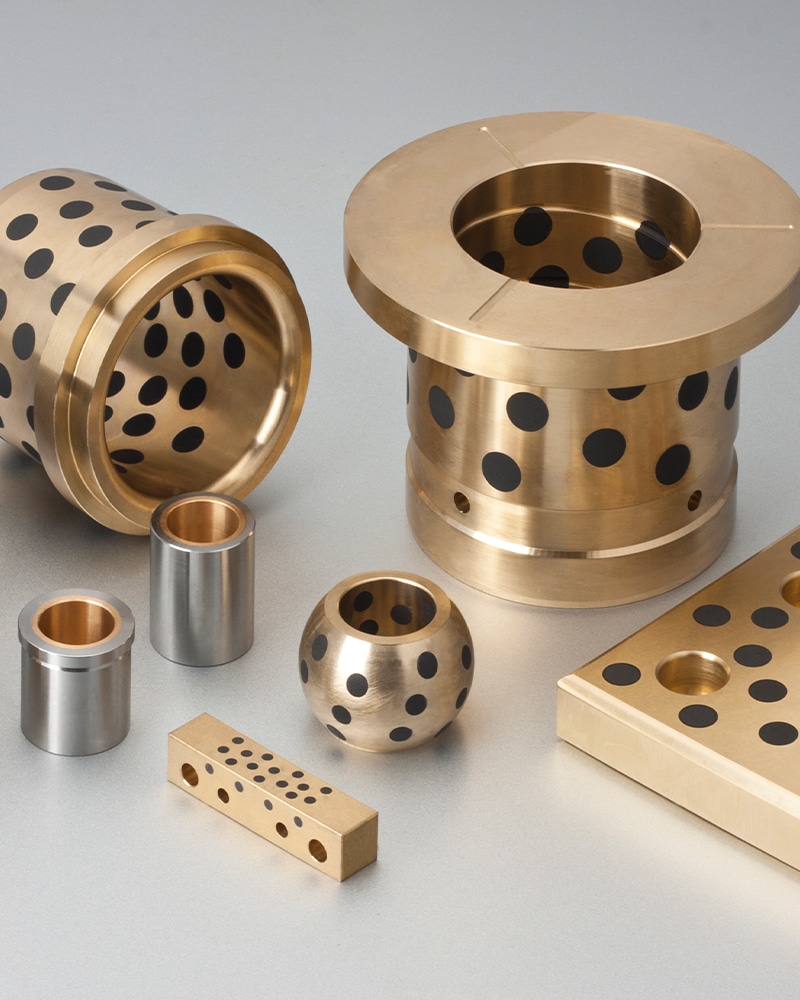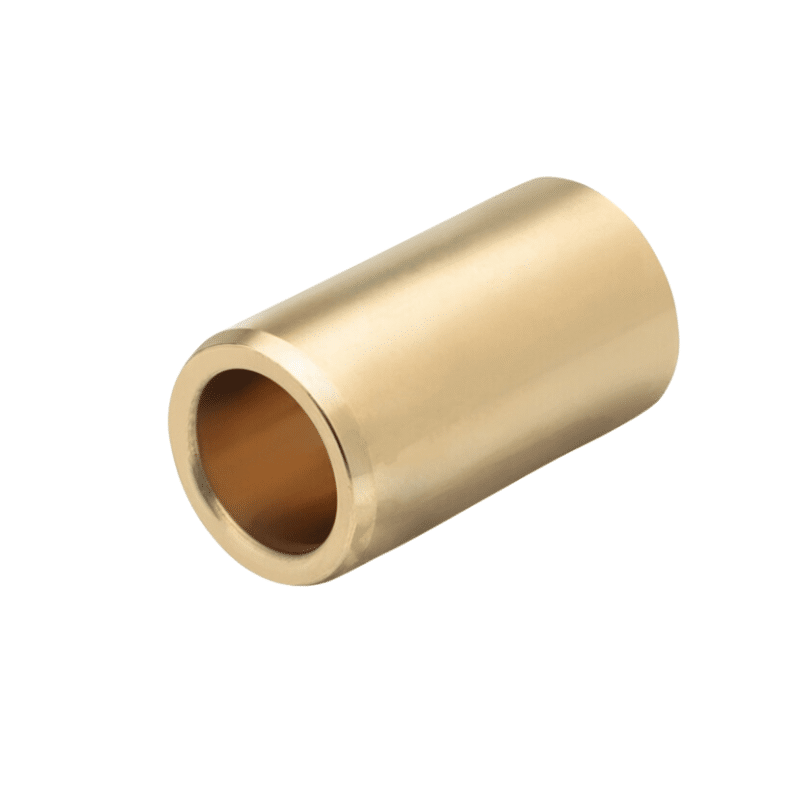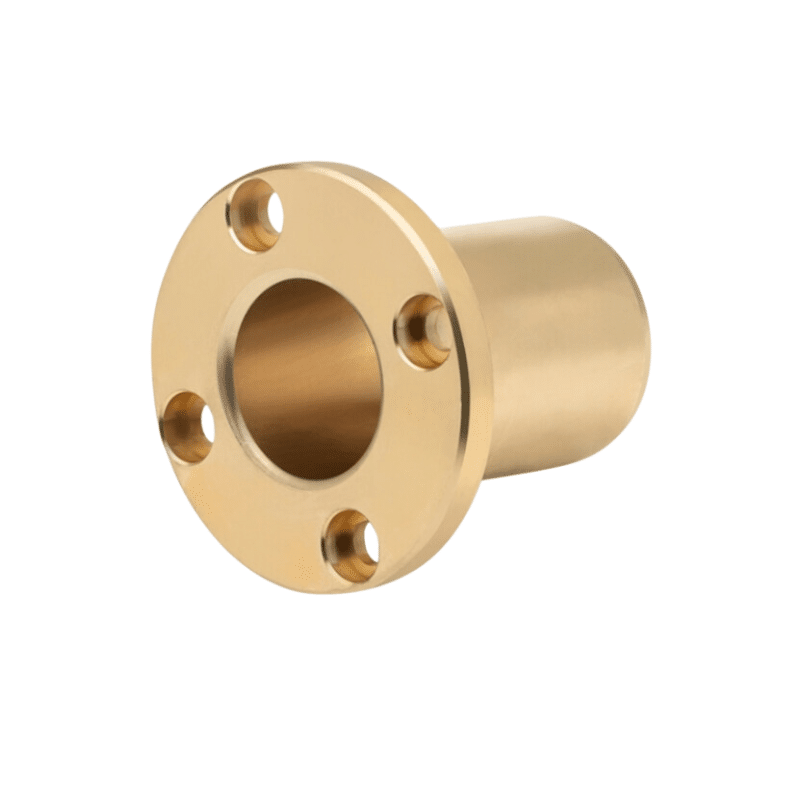Bearing Bronze Alloys: Characteristics and Selection Guide
Bearing Bronze Solutions – Tailored for Efficiency & Strength
bearings Bronze Standards, Bearings and bushings, High-Temperature Bearings
Bronze is a versatile alloy primarily composed of copper and tin, known for its excellent mechanical properties, including strength, corrosion resistance, and wear resistance. Below is a comprehensive overview of its properties, particularly in the context of bearing applications and high-temperature performance.
Properties of Bearing Bronze
Mechanical Properties
Strength: Bronze exhibits remarkable strength, which allows it to withstand harsh environments. This property is crucial for applications requiring toughness and durability, especially in bearings that experience high loads.
Ductility: The ability to deform without fracturing enables bronze to be cast into complex shapes, making it suitable for various applications, including intricate designs in machinery.
Hardness: Bronze’s hardness contributes to its resilience against wear and deformation, making it ideal for components like bearings that endure friction.
Thermal Properties
- High-Temperature Performance: Different bronze alloys have varying maximum operating temperatures. For example:
- C93200 (Bearing Bronze): Max operating temperature around 500°F (260°C).
- C95400 (Aluminum Bronze): Can operate up to 750°F (400°C) intermittently.
- C95500 (Aluminum Bronze): Similar capabilities as C95400.
- Creep Resistance: Bronze alloys are known for good creep resistance, which is essential for components subjected to constant loads over extended periods at elevated temperatures.
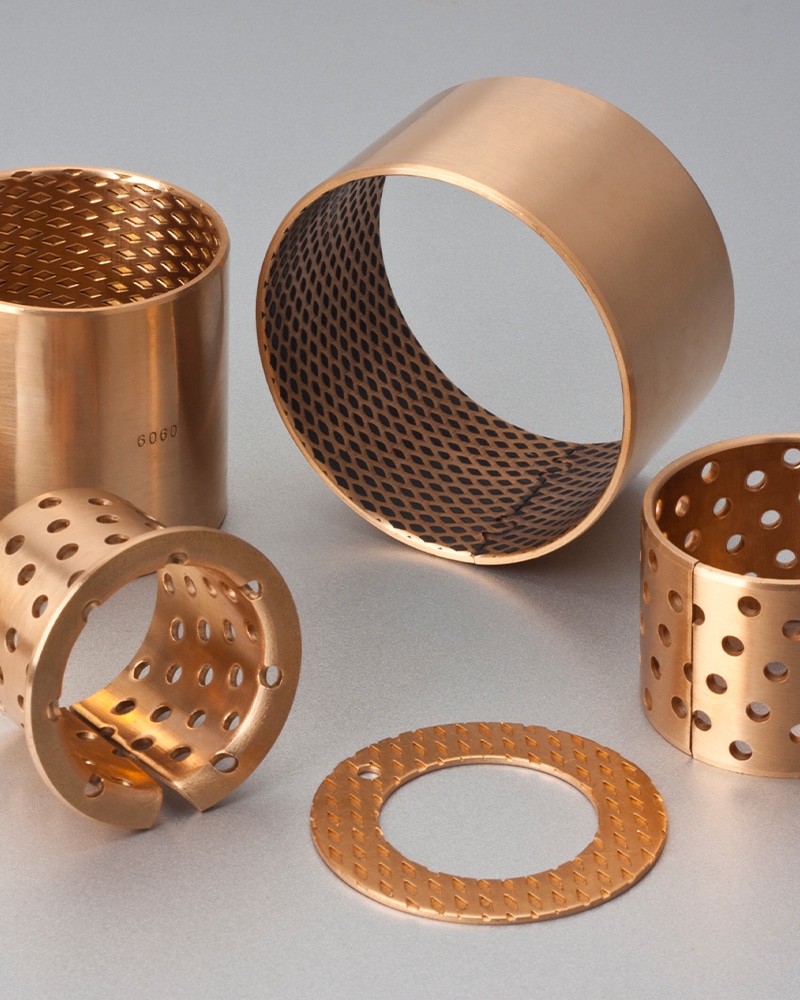
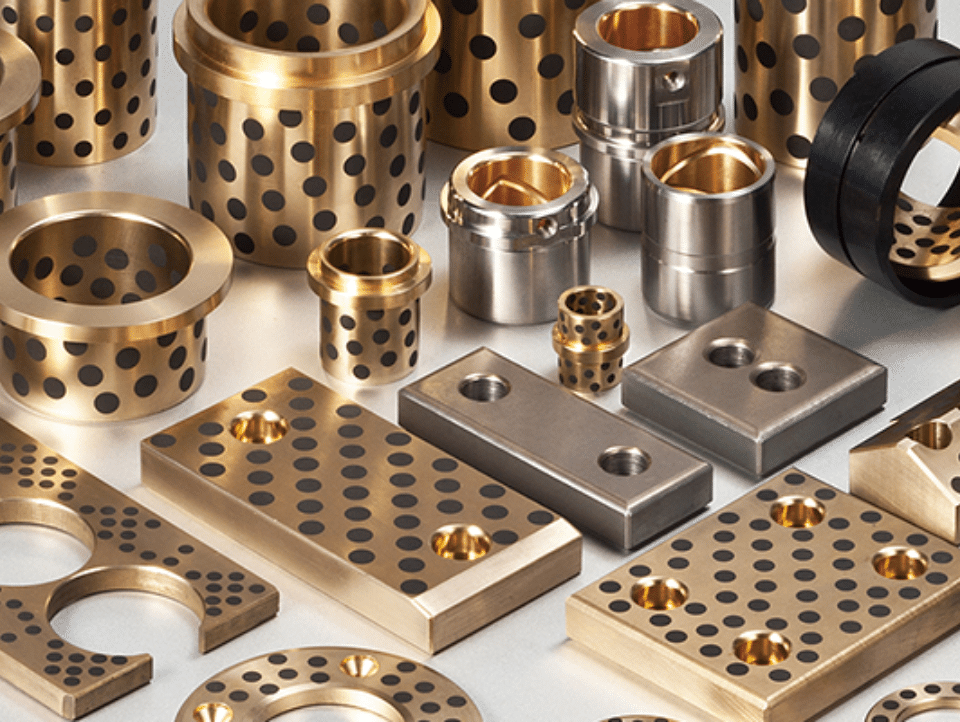
Corrosion Resistance
Bronze is inherently resistant to corrosion, particularly in marine environments where exposure to seawater can degrade other materials. This makes it a reliable choice for applications like pumps and marine hardware.
Self-lubricated bronze bearings are designed to provide continuous lubrication without the need for additional grease or oil. These bearings typically have a porosity rate of around 25%, which allows for effective lubrication as the embedded oil is gradually released during operation.
Bronze bearings are produced through a process of casting, machining, and lubrication. When specifying these bearings, it is important to indicate whether the edges should be left “as-cast” or machined.
Design Pressure Specifications
Alloy C90500 Modified: The maximum design pressure is 800 psi at a temperature of 600°F.
Alloy C86300: The maximum design pressure is 1000 psi at a temperature of 800°F.
For temperatures between 250°F and the maximum specified temperature, a straight-line interpolation can be used to determine the corresponding design pressure. This version maintains the original information while improving readability and organization.
The Future of Bearing Bronze in Engineering and Design
About us
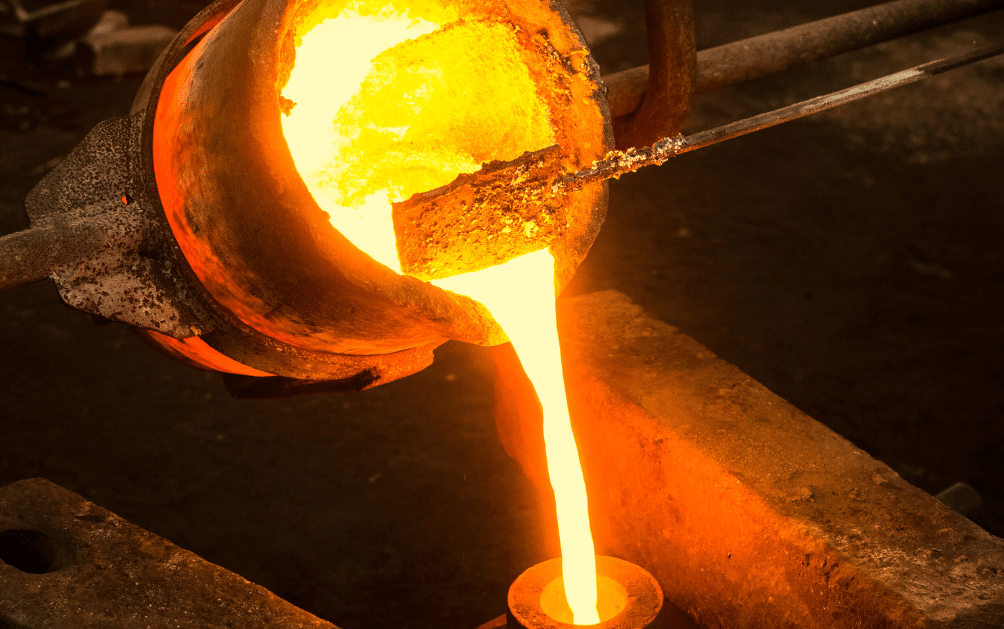
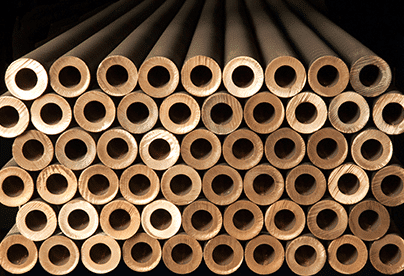
Tin Bronze
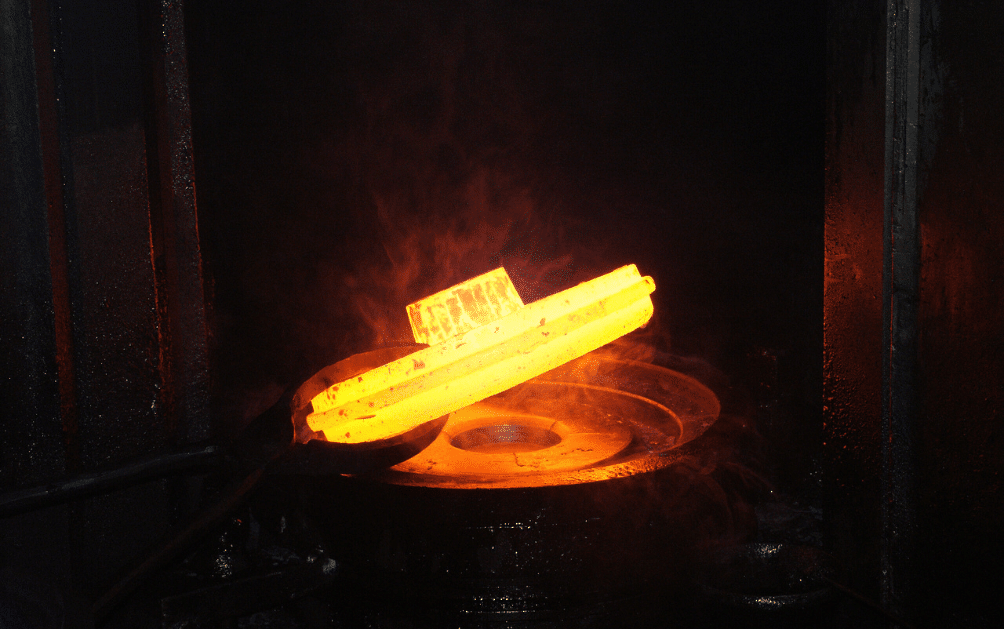
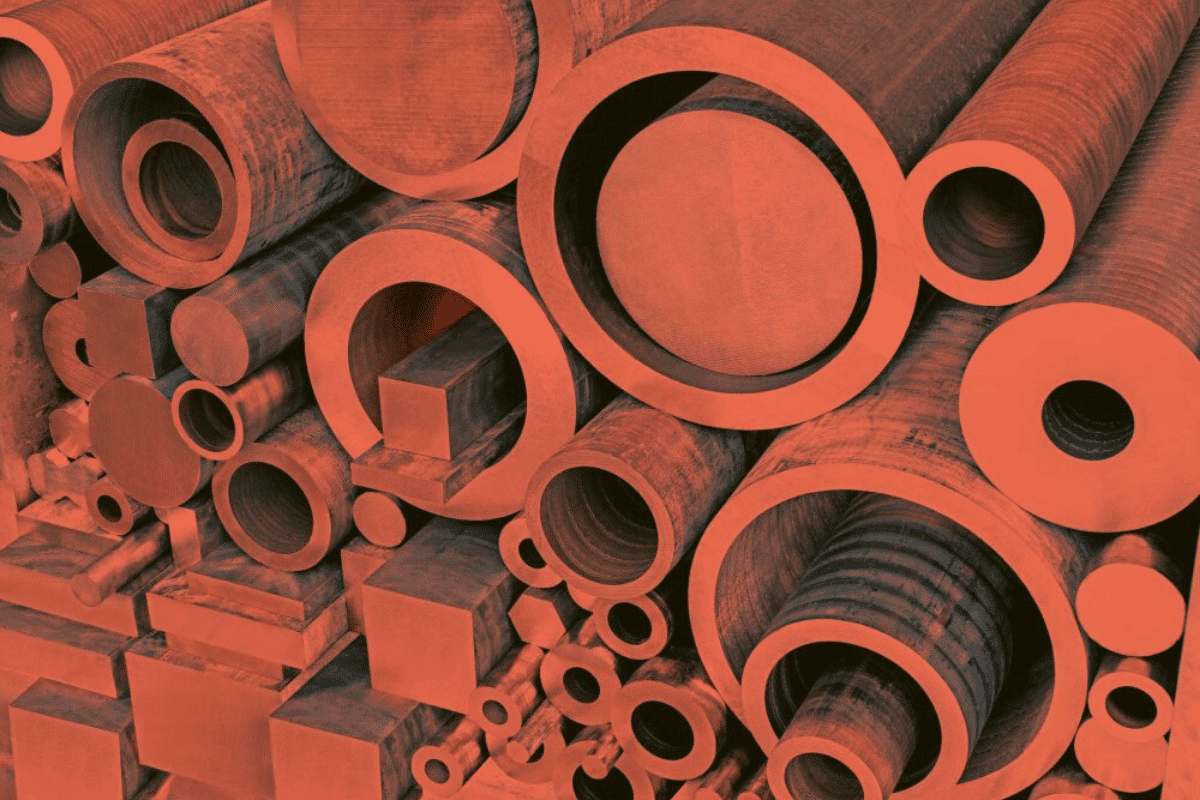
Phosphor Bronze:
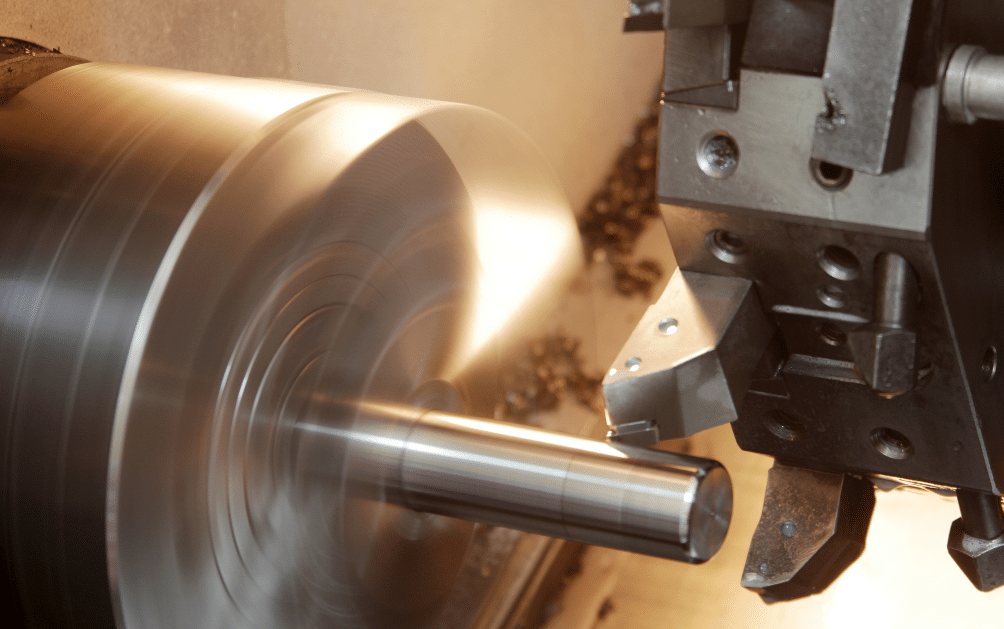
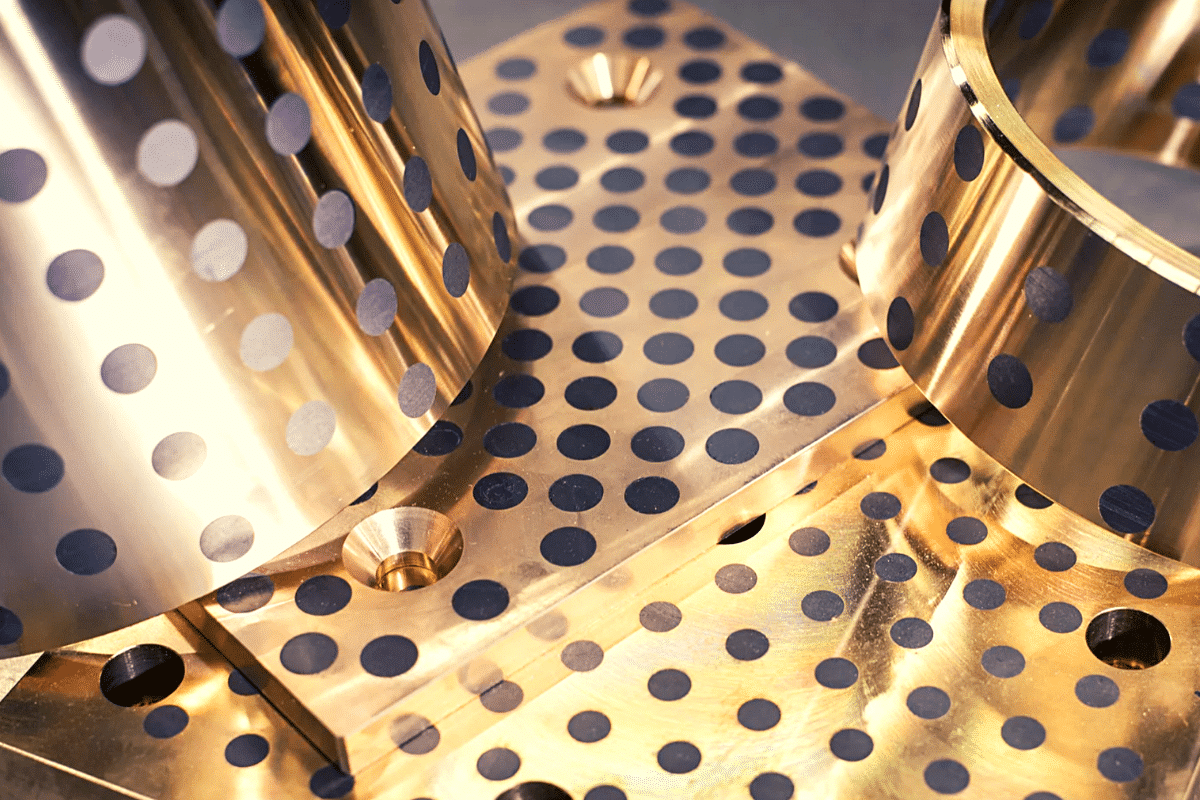
Aluminium Bronzes
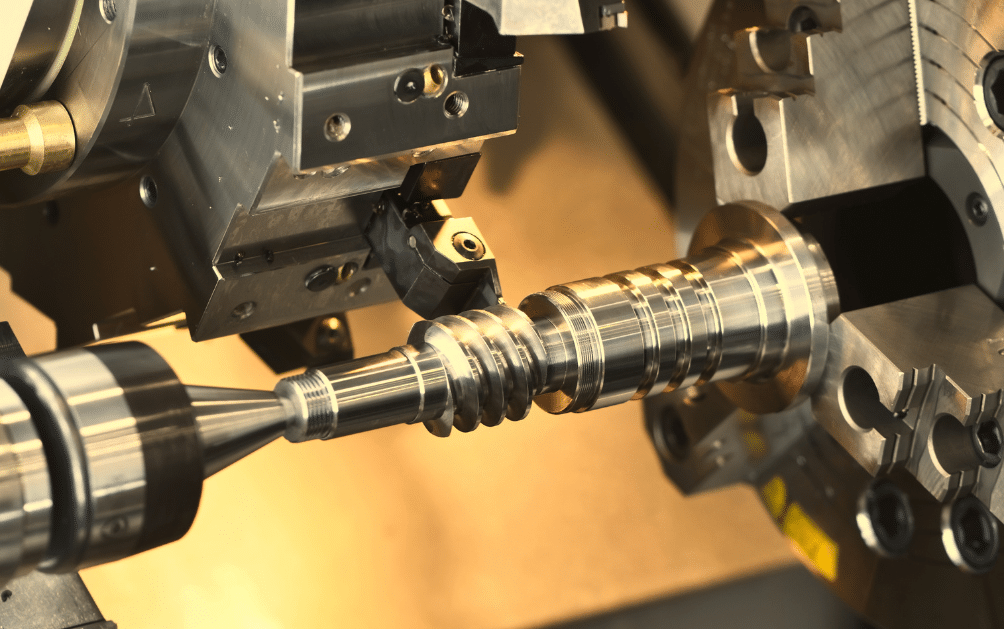
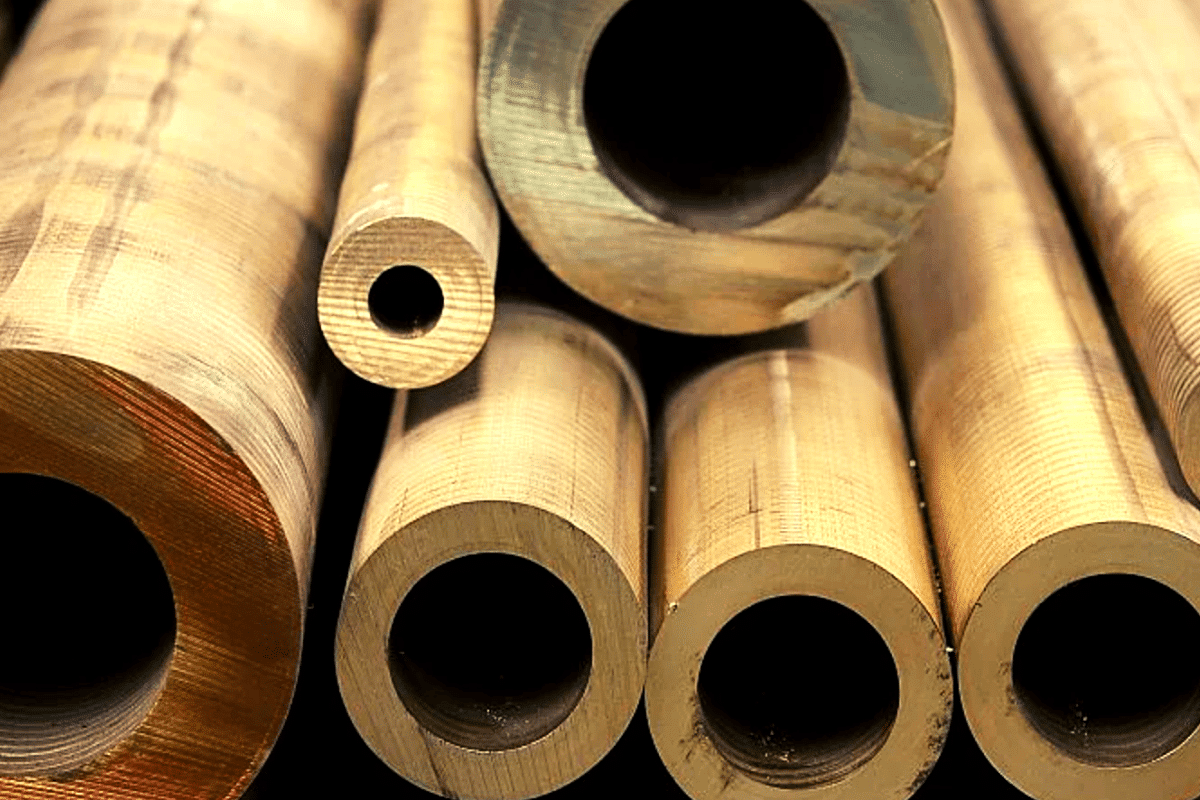
High Tensile Brasses

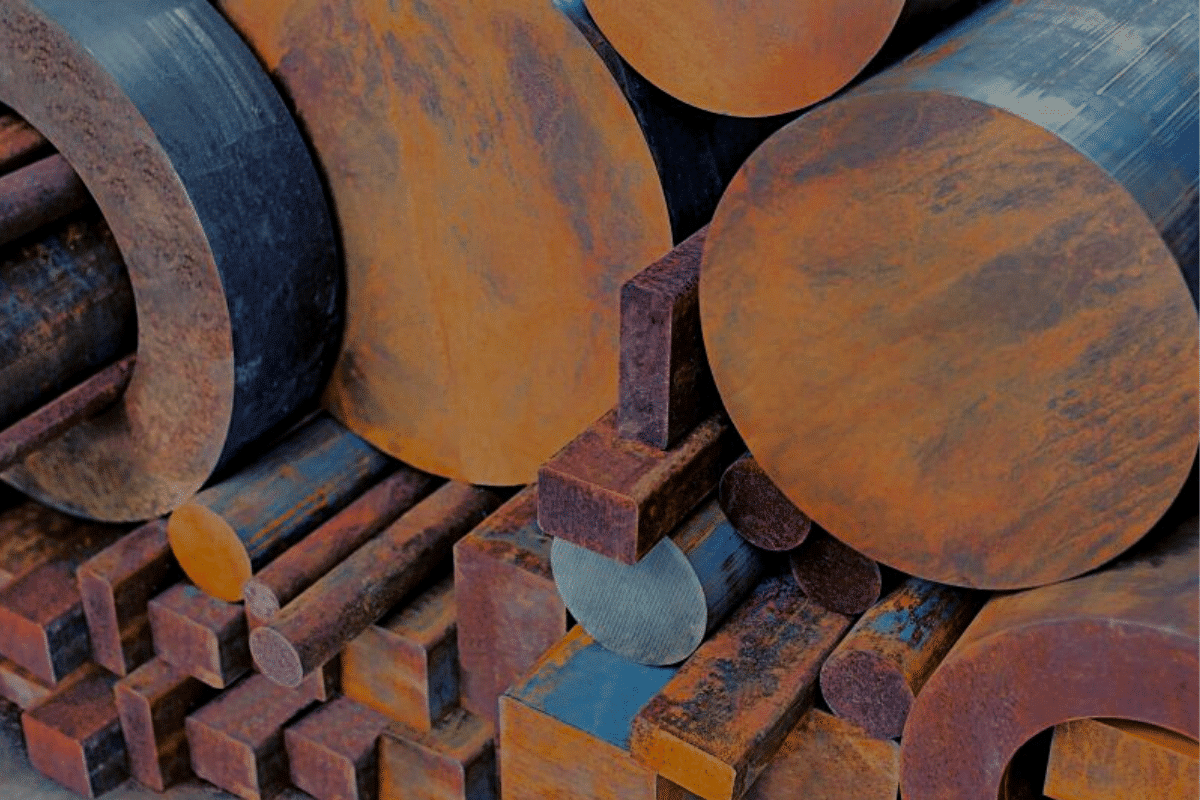
Special Bronze Alloys
Special bronze alloys are engineered materials that are specifically designed to meet the demanding requirements of various industrial applications, particularly in the manufacturing of bearings. These alloys offer a unique combination of properties, such as high strength, excellent wear resistance, good conductivity, and corrosion resistance, which make them ideal for use in harsh environments and under extreme conditions.
Custom Parts Services and Prototyping!
Special Bronze Alloys And Aluminium Bronze Bearing, Search Our Material Alloy
Bearing Bronze: Cast Bronze Alloys
bearing bronze materials are chosen based on their mechanical strength, thermal properties, wear resistance, and corrosion resistance. The specific alloy selected will depend on the application’s requirements regarding load capacity, operating temperature, and environmental conditions. Understanding these properties helps ensure optimal performance and longevity in various industrial applications.
Cast Bronze Alloys Hardness & Operating Temperatures
| Alloy | Brinell Hardness | Min Operating Temperature | Max Operating Temperature |
|---|---|---|---|
| C93200 | 65 typical (500 kg load) | -450°F | 500°F |
| C95400 | 175 (3000 kg load) | -450°F | 750°F to 1200°F (Intermittent) |
| C93700 | 60 typical (500 kg load) | -450°F | 500°F |
| C93800 | 55 typical (500 kg load) | -450°F | 500°F |
| C90700 | 100 typical (500 kg load) | -450°F | 550°F |
| C90300 | 70 typical (500 kg load) | -450°F | 550°F |
| C86300 | 225 (3000 kg load) | -450°F | 400°F |
| C95500 | 195 (3000 kg load) | -450°F | 750°F to 1200°F (Intermittent) |
| C95900 | 241 min (3000 kg load) | -450°F | 750°F to 1200°F (Intermittent) |
| Alloy | Tensile Strength (MPa) | Max Operating Temperature |
|---|---|---|
| C93200 | 350 – 500 (approx.) | 500°F |
| C95400 | 586 (approx.) | 750°F to 1200°F (Intermittent) |
| C93700 | 350 – 500 (approx.) | 500°F |
| C93800 | 350 – 500 (approx.) | 500°F |
| C90700 | 100 – 200 (approx.) | 550°F |
| C90300 | 70 – 150 (approx.) | 550°F |
| C86300 | 760 (approx.) | 400°F |
| C95500 | 195 – 300 (approx.) | 750°F to 1200°F (Intermittent) |
| C95900 | 241 – 300 (approx.) | 750°F to 1200°F (Intermittent) |
Slide Bearings in Various Alloys
We offer slide bearings crafted from a diverse range of alloys, all of which are approved for use in nuclear, structural, industrial, and bridge applications.
Cast Alloys for Self-Lubricating Bronze Bearing Plates
The information below highlights the cast alloys commonly utilized in self-lubricating bronze bearing plates: This version maintains the original meaning while enhancing readability and engagement.
Bronze Types and ASTM Specifications
| Type | ASTM Specification |
|---|---|
| Hi Tin Bronze | B22 Alloy C91300 |
| Hi Tin Bronze | B22 Alloy C91100 |
| Hi-Leaded Tin Bronze | B22 Alloy C93700 |
| Leaded Bronze | B22 Alloy C90500 |
| Manganese Bronze | B22 Alloy C86300 |
| Aluminum Bronze | B148 Alloy C95400 |
Maintenance Free, Bearing Bronze Components
In hac habitasse platea dictumst nam quam nunc, blandit vel, luctus pulvinar.


